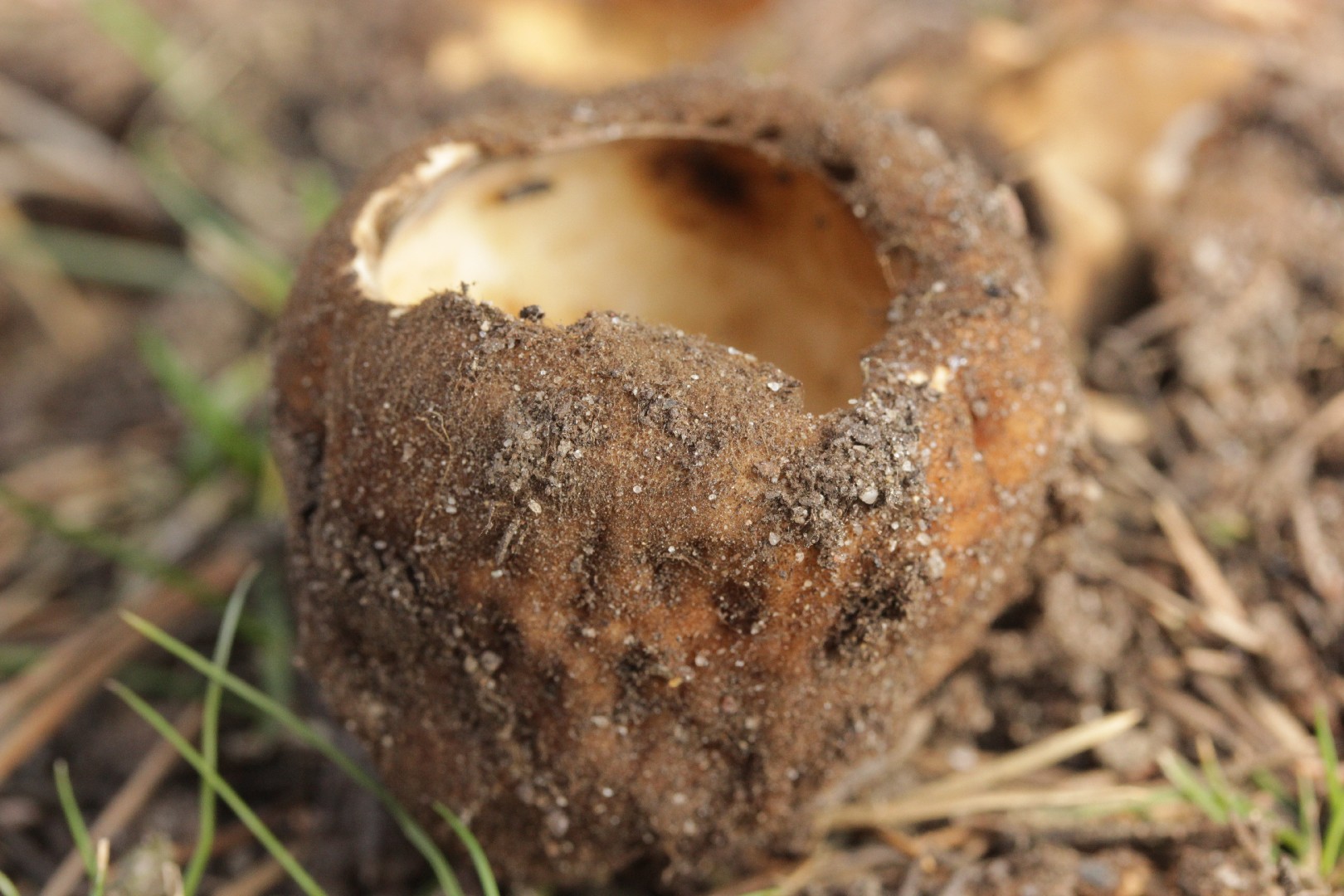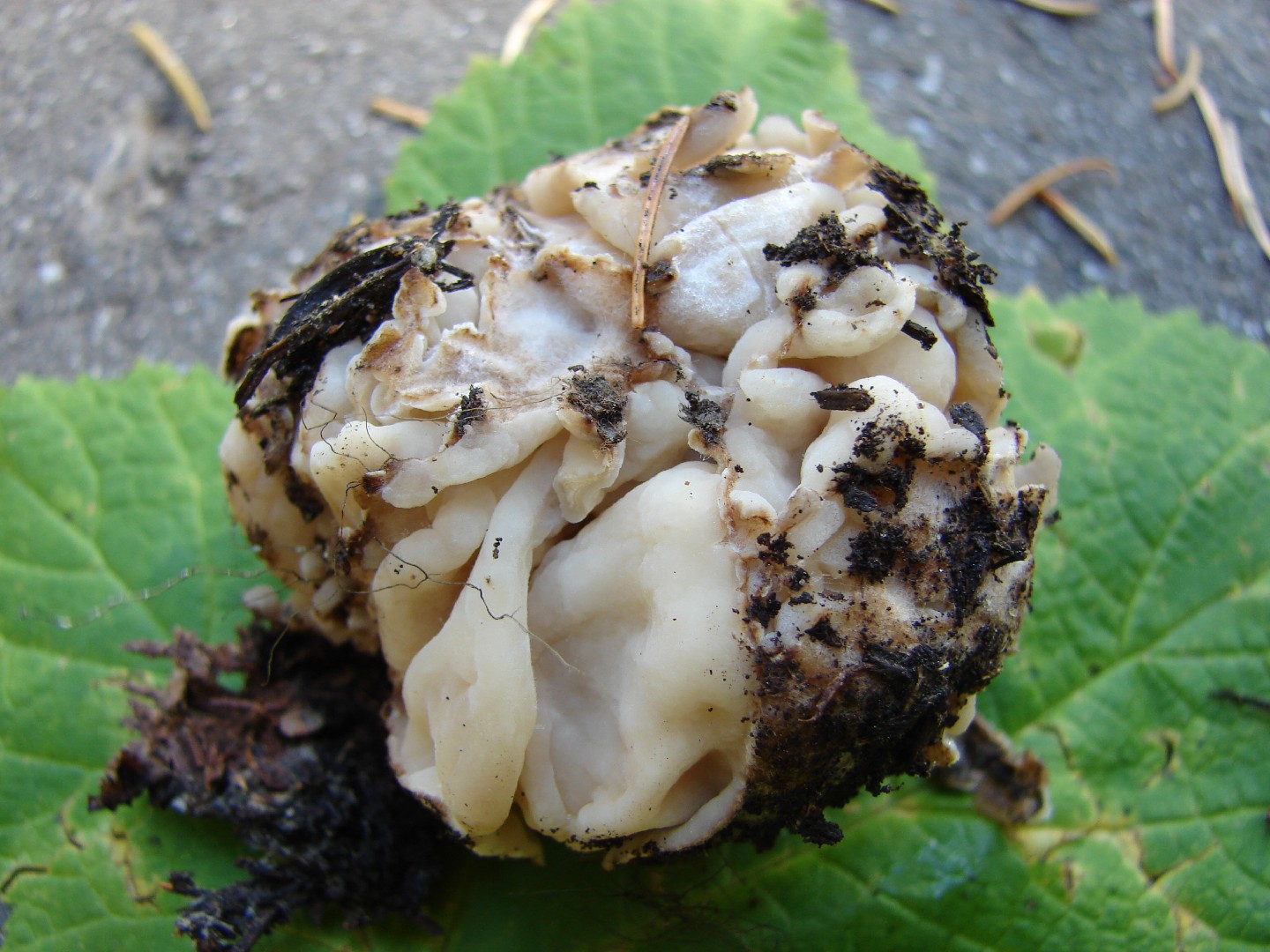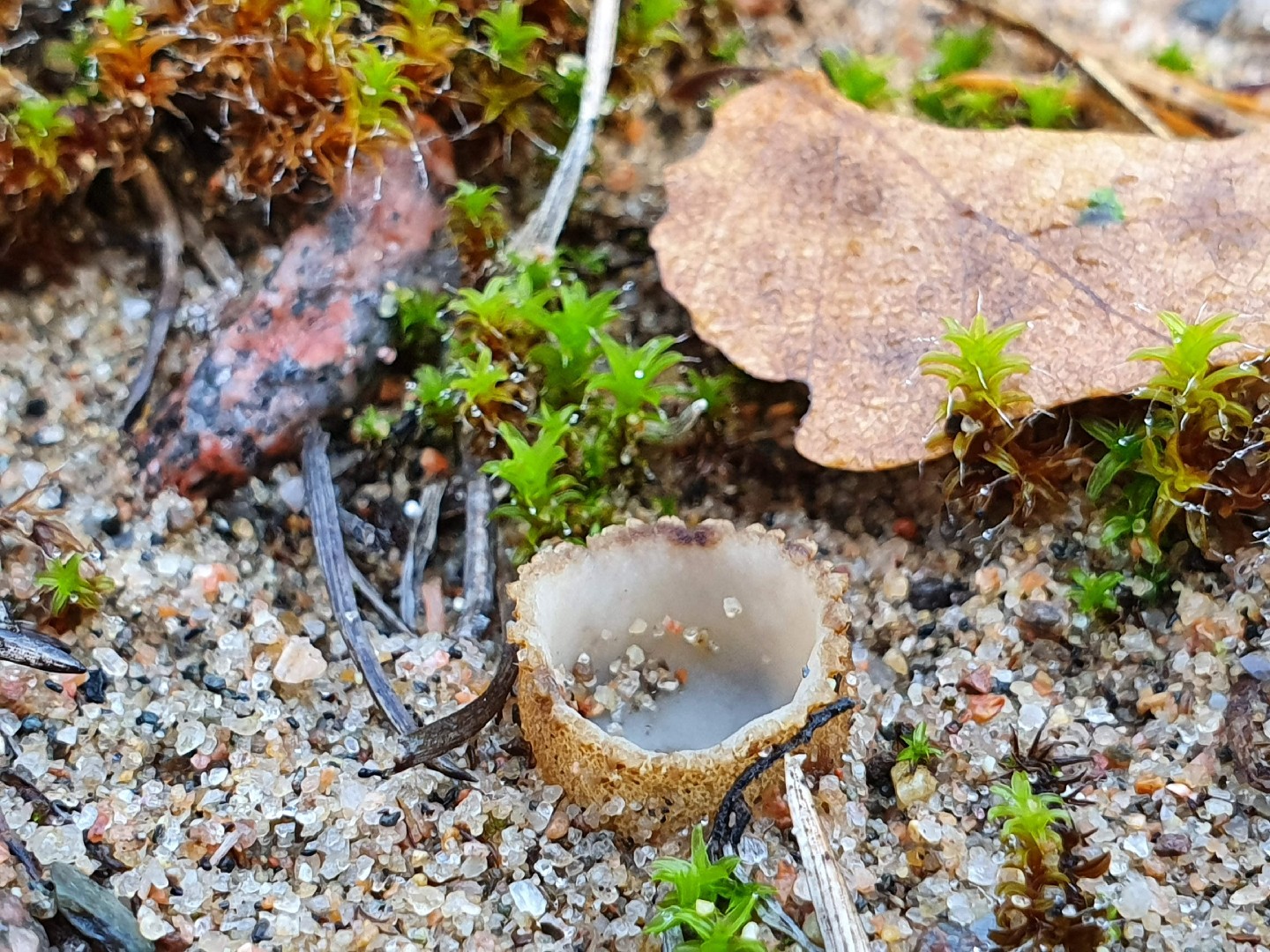Geopora
Scientific name: Geopora
Geopora
Scientific name: Geopora
 Photo By Björn S... , used under CC-BY-SA-2.0 /Cropped and compressed from original
Photo By Björn S... , used under CC-BY-SA-2.0 /Cropped and compressed from original Description
Geopora are a fascinating type of fungi often found growing on the ground, typically in sandy or calcareous soils. They are known for their cup-shaped or star-shaped appearance, which opens up to reveal a white or cream interior. These fungi typically fruit in the spring and are associated with various trees, forming a beneficial relationship with their roots. Some species within this group are notable for their ability to thrive in harsh, sandy environments.

